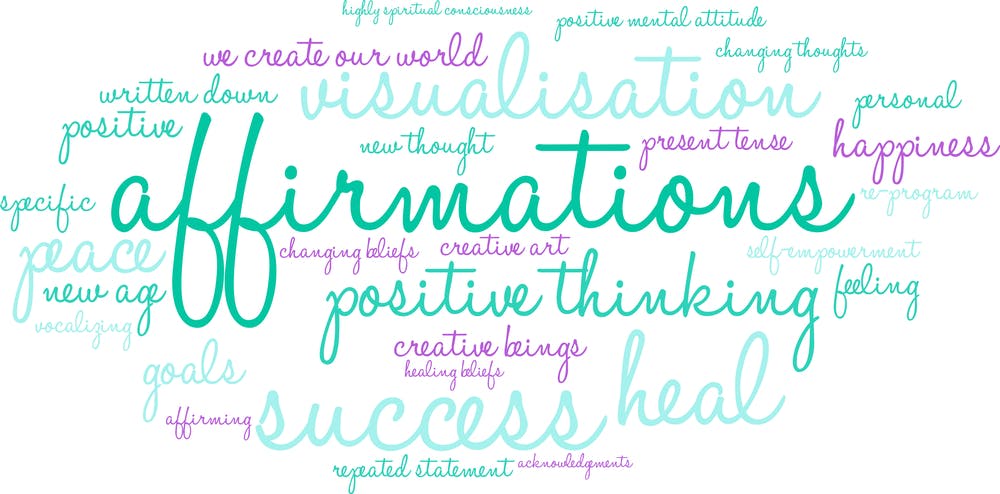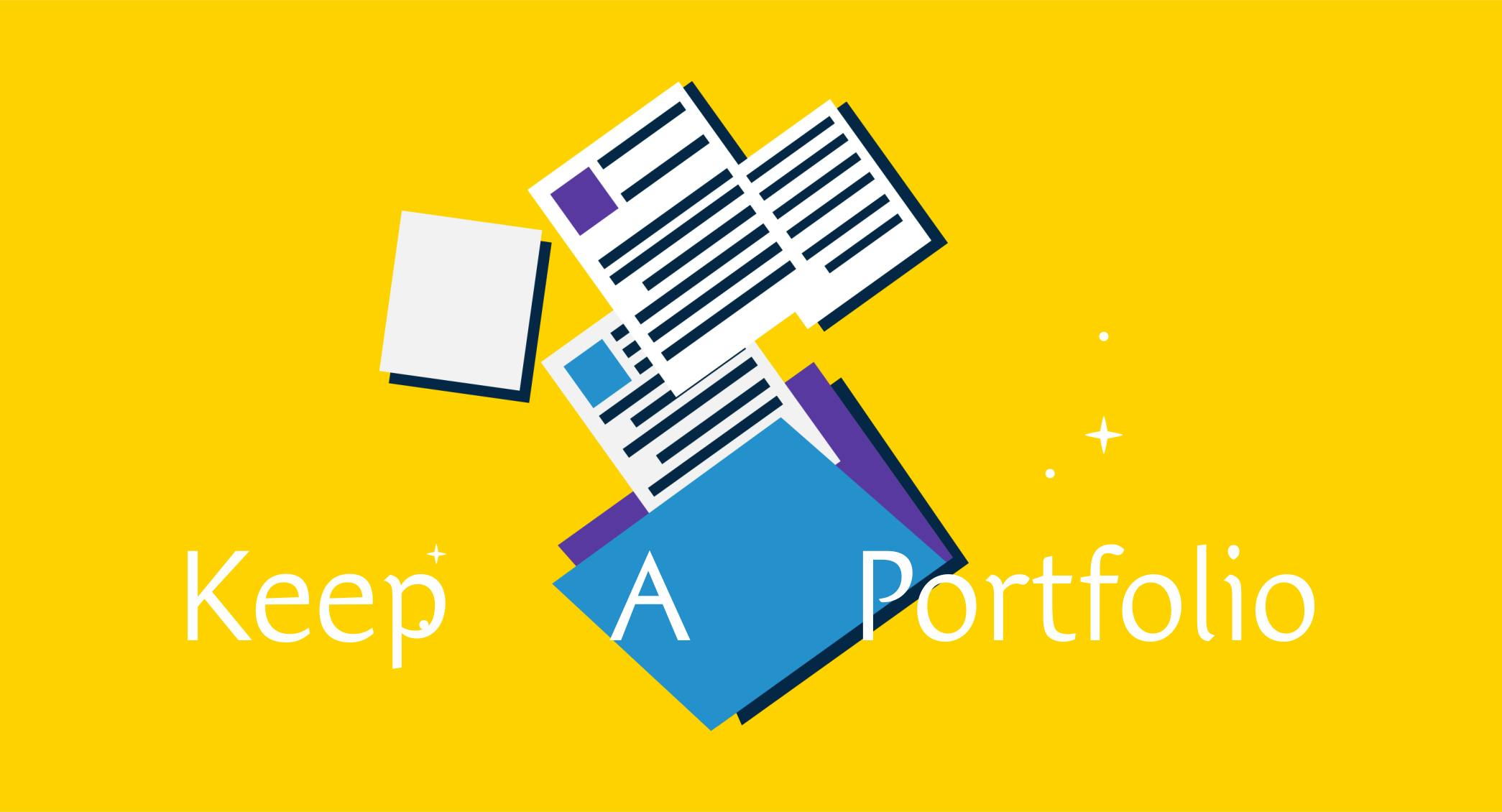“You are your greatest foe”
Every now and then as a designer, you publish your designs for reviews probably from friends, colleagues, or even clients, and just as you’re about to click the send button you question yourself if it really is much of a design to be proud of, if you really haven’t just ripped off someone’s idea you glanced at somewhere.
Imposter syndrome is a designer’s greatest stumbling block as it is you questioning yourself if you really are as competent as others believe you are, and that they aren’t mistaken of their perception of your expertise. Imposter syndrome can be very dangerous to a designer’s mind as it could make you go for weeks, months, or even longer without being productive, it could even make you quit yourself. Here are some tips to help you gain control over imposter syndrome.

- Words of affirmation
We designers are humans before anything else, and humans do well with affirmations. Put some trust in yourself, build your self-esteem, value yourself and your designs, be lenient with the way you criticize your designs, see every output as worth the effort. Doing these little affirmations would go a long way in helping you answer yourself whenever the question of your worth pops up in your mind.

- Challenge yourself
If you still believe you’re not as worthy as others think you are, put yourself to the test, give yourself a goal to complete, and see just how well you would do and how far you’ve come in your design process.

- Learn something new
This is pretty much the elementary of beating the imposter syndrome. Feel like you aren’t competent enough? Learn the skill you’re lacking. This might just be the greatest form of affirmation yet for a designer.

- Keep a Portfolio
In the end, it all comes down to progress. Keeping a portfolio helps you keep track of your design growth and you can always see how much you’ve improved and what level your skills are currently as a designer.
